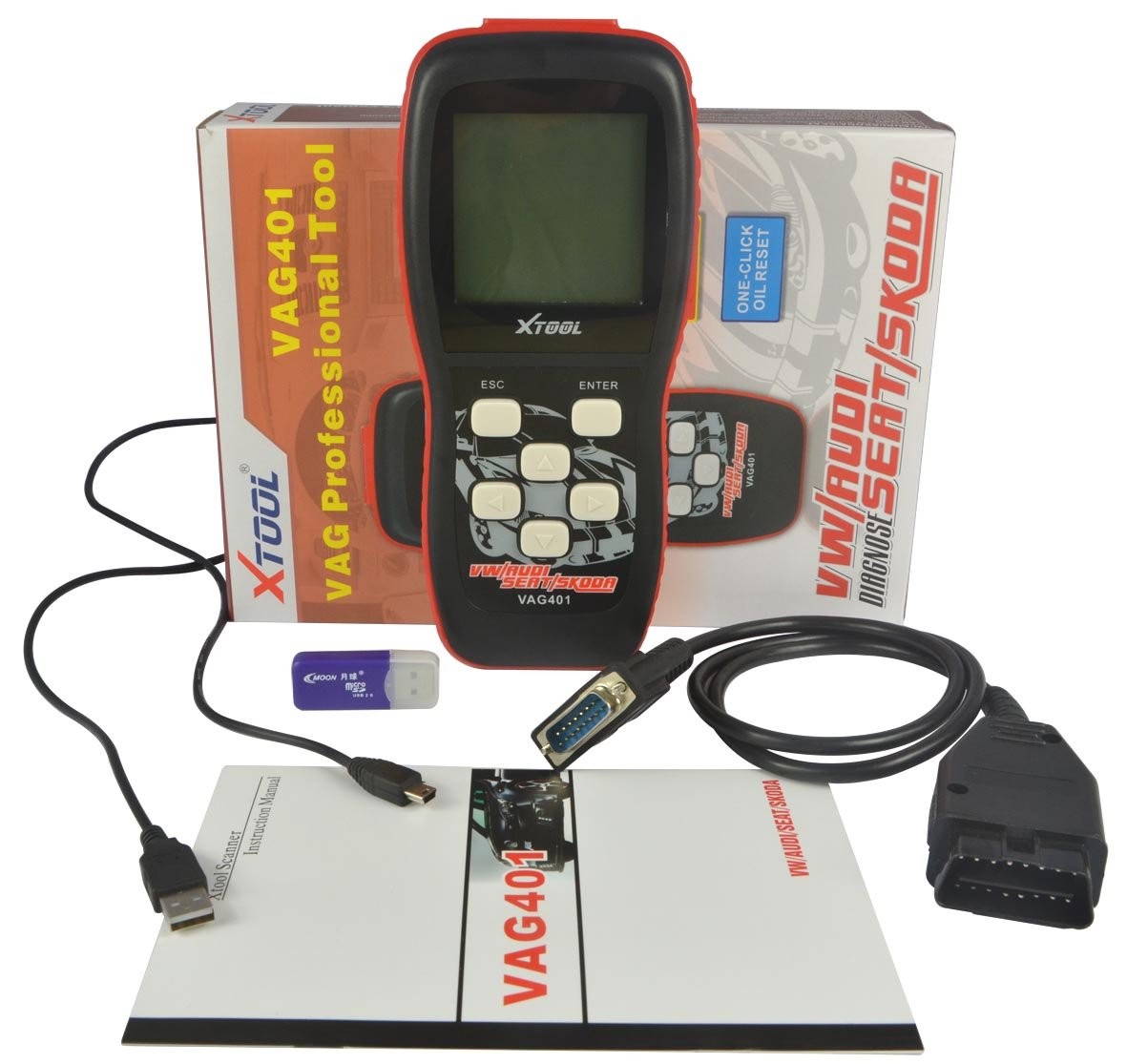The VAG401, a cost-effective alternative to the expensive VAS 5051 dealer tool, offers comprehensive diagnostic and coding capabilities for Volkswagen and Audi vehicles. This powerful handheld device, combined with the VCDS software from Ross-Tech, empowers you to perform a wide range of functions, from reading fault codes to performing complex module coding. This guide will show you how to leverage the Vag401 Vcds combination for maximum effectiveness.
 VAG401 Diagnostic Tool
VAG401 Diagnostic Tool
VAG401 VCDS: Features and Functionality
The VAG401 VCDS provides access to all vehicle modules, enabling in-depth diagnostics and troubleshooting. Key features include:
- Accurate Fault Code Reading: Read and clear genuine VAG fault codes, providing more specific information than generic OBD2 codes.
- Comprehensive Module Access: Access all control modules, including engine, ABS, airbags, level control, and alarm systems.
- Module Recoding: Modify module settings to customize vehicle behavior and features.
- Live Data Monitoring: Access measuring blocks to monitor real-time sensor data and identify potential issues. This allows you to check the functionality of components like door microswitches or monitor fuel trims.
- Output Tests: Perform output tests to actuate components like injectors or control door locks, verifying their operation.
- Basic Settings: Execute procedures like throttle body alignment, steering angle sensor calibration, and Xenon headlight adjustment.
Using VCDS Software with VAG401
To unlock the full potential of the VAG401, utilize the VCDS software from Ross-Tech (www.ross-tech.com):
- Update Your VAG401: Ensure your VAG401 runs the latest software by following the update instructions provided with the device.
- Install VCDS Software: Download and install the VCDS software from the Ross-Tech website.
- Locate Label Files: Navigate to the VCDS label file directory (typically “c:Ross-TechVCDSLabels”).
- Connect and Identify Module: Connect the VAG401 to your vehicle and access the desired module. Note the part number displayed on the screen.
- Search for Label File: In Windows Explorer, search the label file directory for the module’s part number, using the format xxx-xxx-xxx-x (e.g., 8D0-907-551-M). Enable searching within file contents if necessary.
- Open the Correct Label File: The search result will point to a label file. Open it with a text editor (like Notepad) and locate the matching part number. The file may contain a REDIRECT line pointing to the correct label file.
- Decode Module Functions: The label file maps the module’s functions, including measuring blocks (identified by three-digit numbers like 000-256) and basic settings (prefixed with “B”).
Practical Examples Using VAG401 VCDS
Example 1: Checking OBD Readiness:
- Access the Engine ECU with the VAG401.
- Navigate to “08 – Measuring Blocks.”
- Consult the label file and search for “readiness.” This information is usually found in Measuring Block 100.
- Enter “100” in the VAG401 to view the OBD readiness status. “0” indicates passed/completed, while “1” means not set.
(Image for illustrative purposes only. Actual screen may vary.)
Example 2: Bleeding ABS/ESP Pump:
- Locate the relevant label file for your ABS module.
- Search for “bleed” within the file. This will usually be found under “Basic Settings” and indicated by a code starting with “B”.
- The label file will identify the specific block for the bleeding procedure (e.g., B002).
- Access the ABS module in VAG401, enter the login code (if required), and navigate to the specified block.
- Press ENTER to initiate the bleeding process.
Conclusion
The VAG401 VCDS combination offers a powerful and affordable solution for diagnosing and maintaining your Volkswagen or Audi. By utilizing the VCDS software and label files, you can unlock the full potential of the VAG401 and perform a wide array of tasks, saving time and money on repairs. Remember to always consult your vehicle’s workshop manual or Ross-Tech’s website for specific procedures and guidance.
